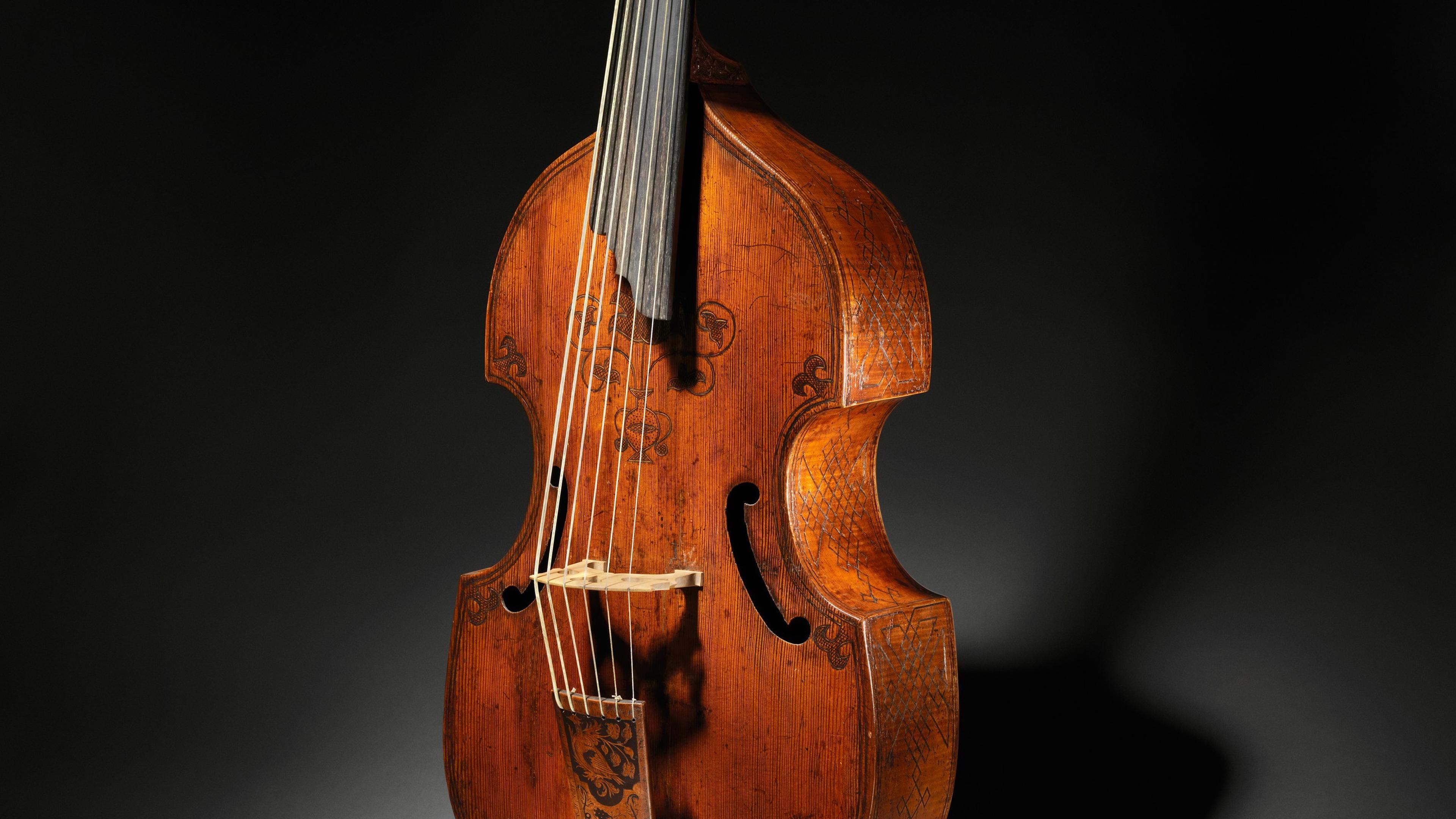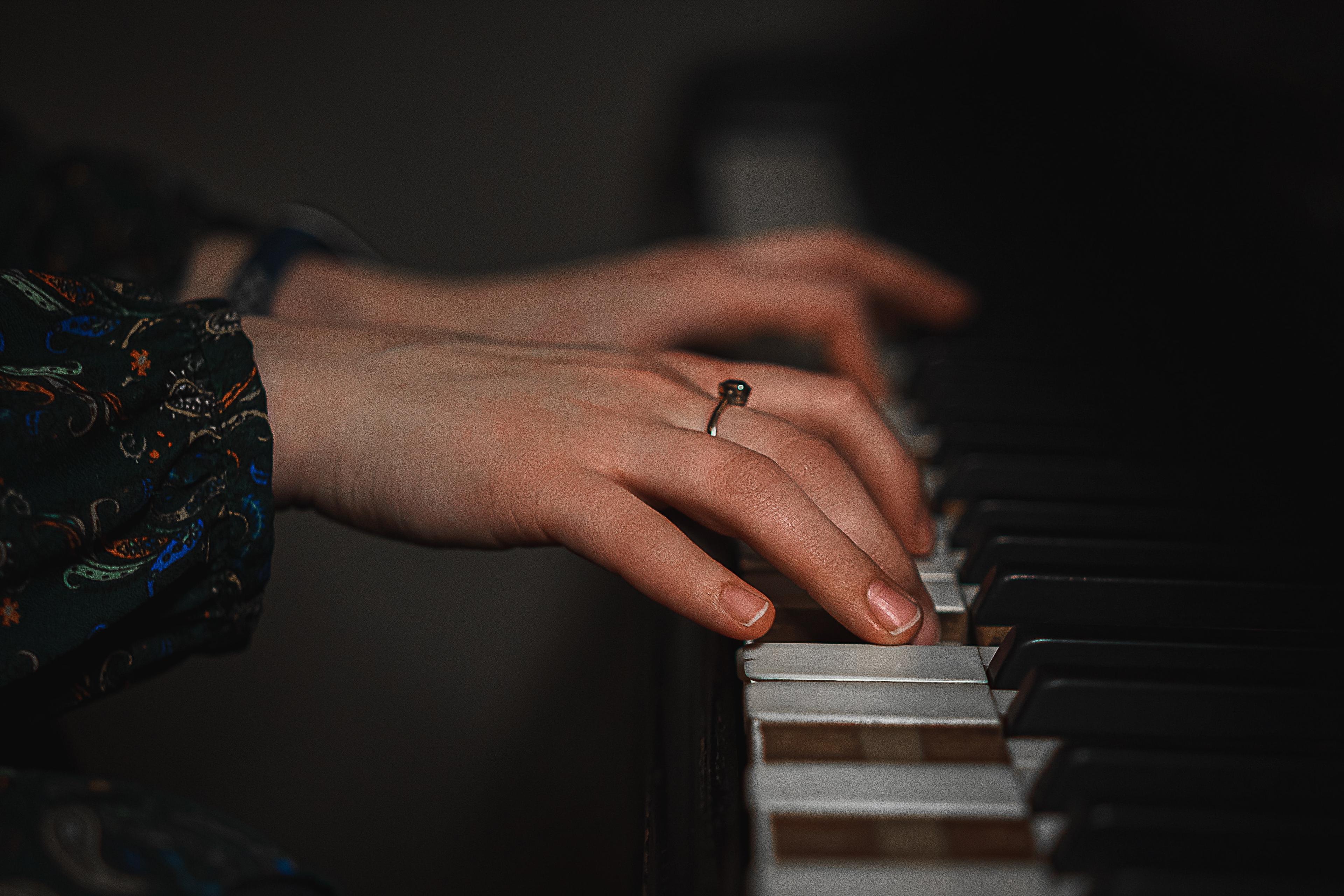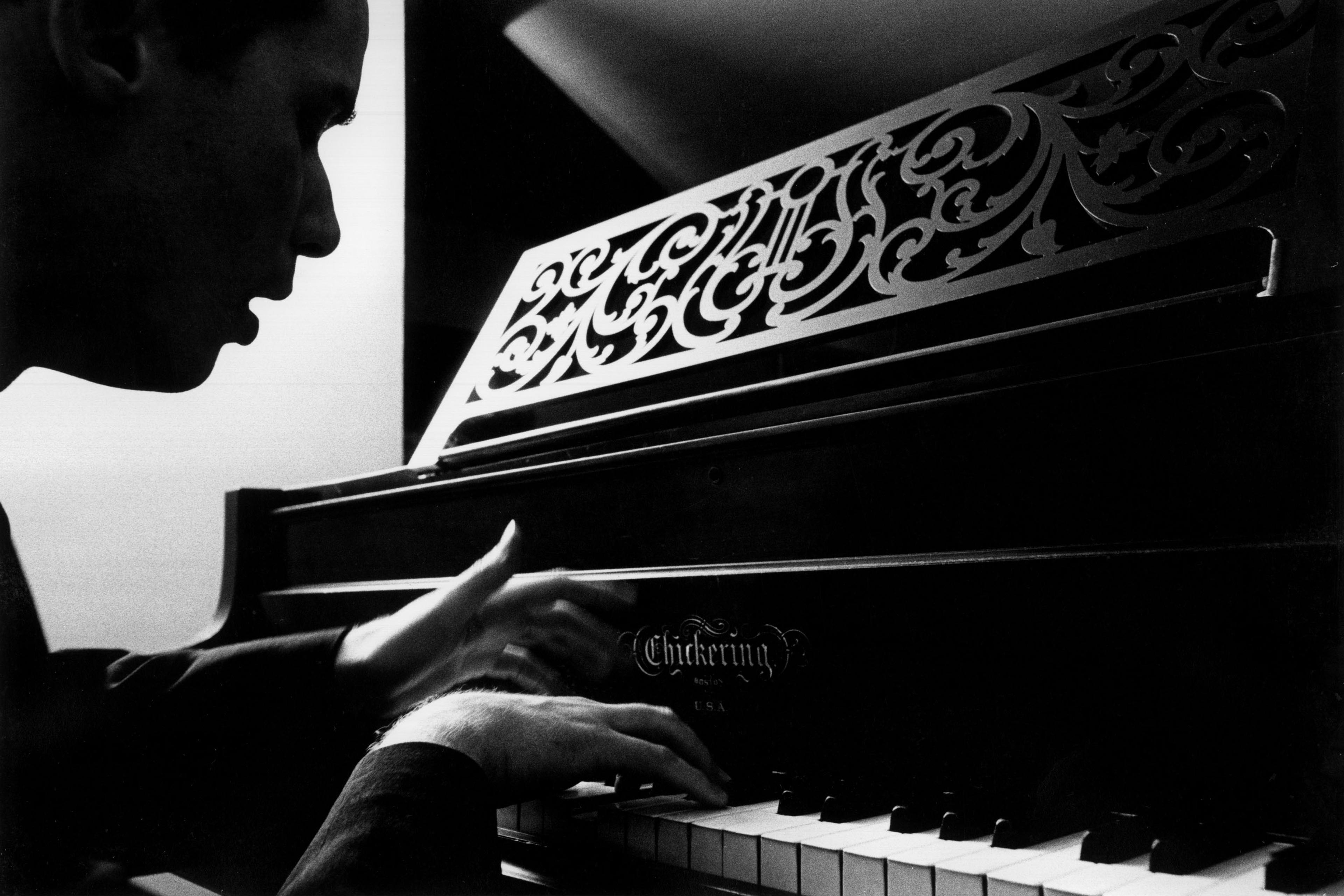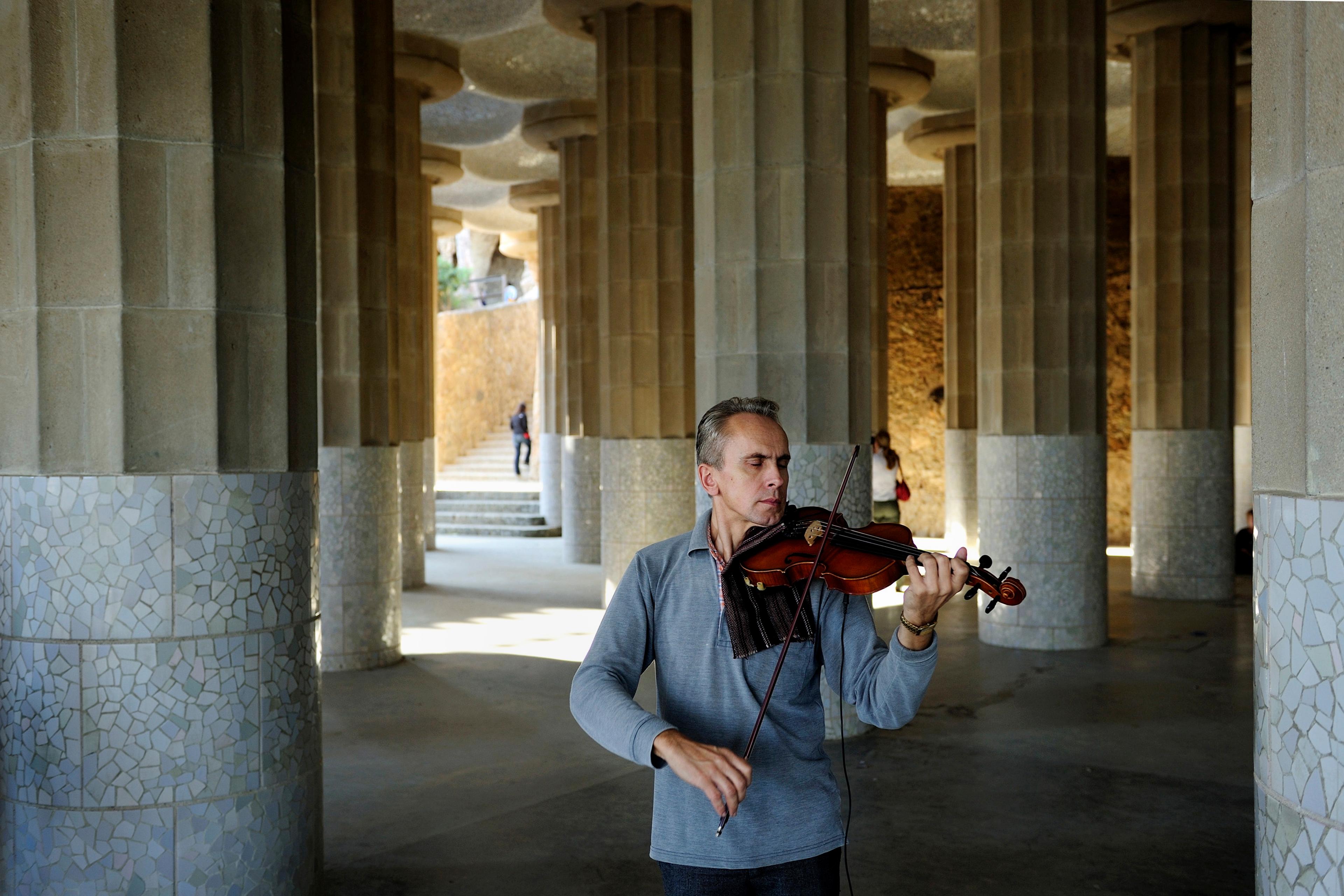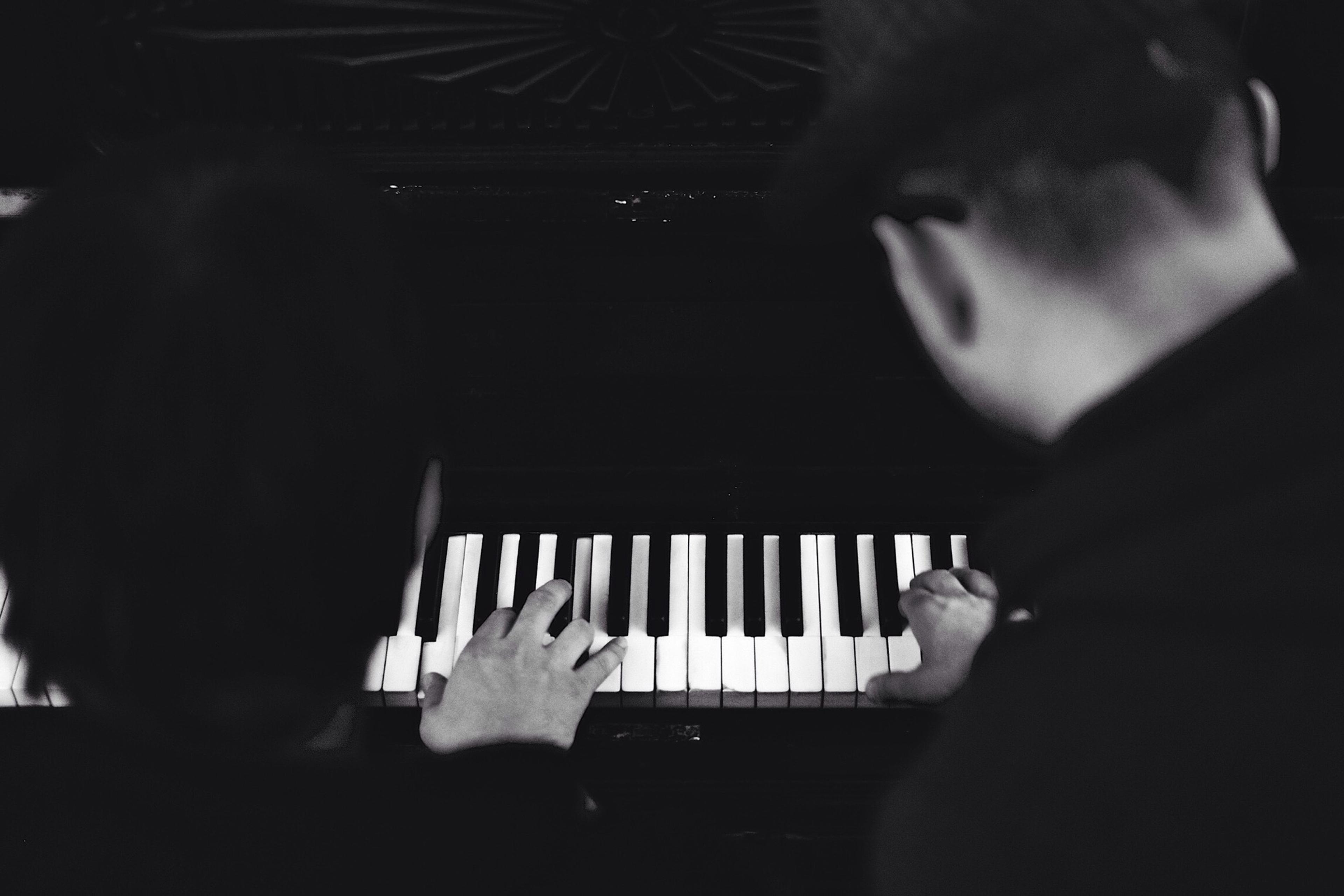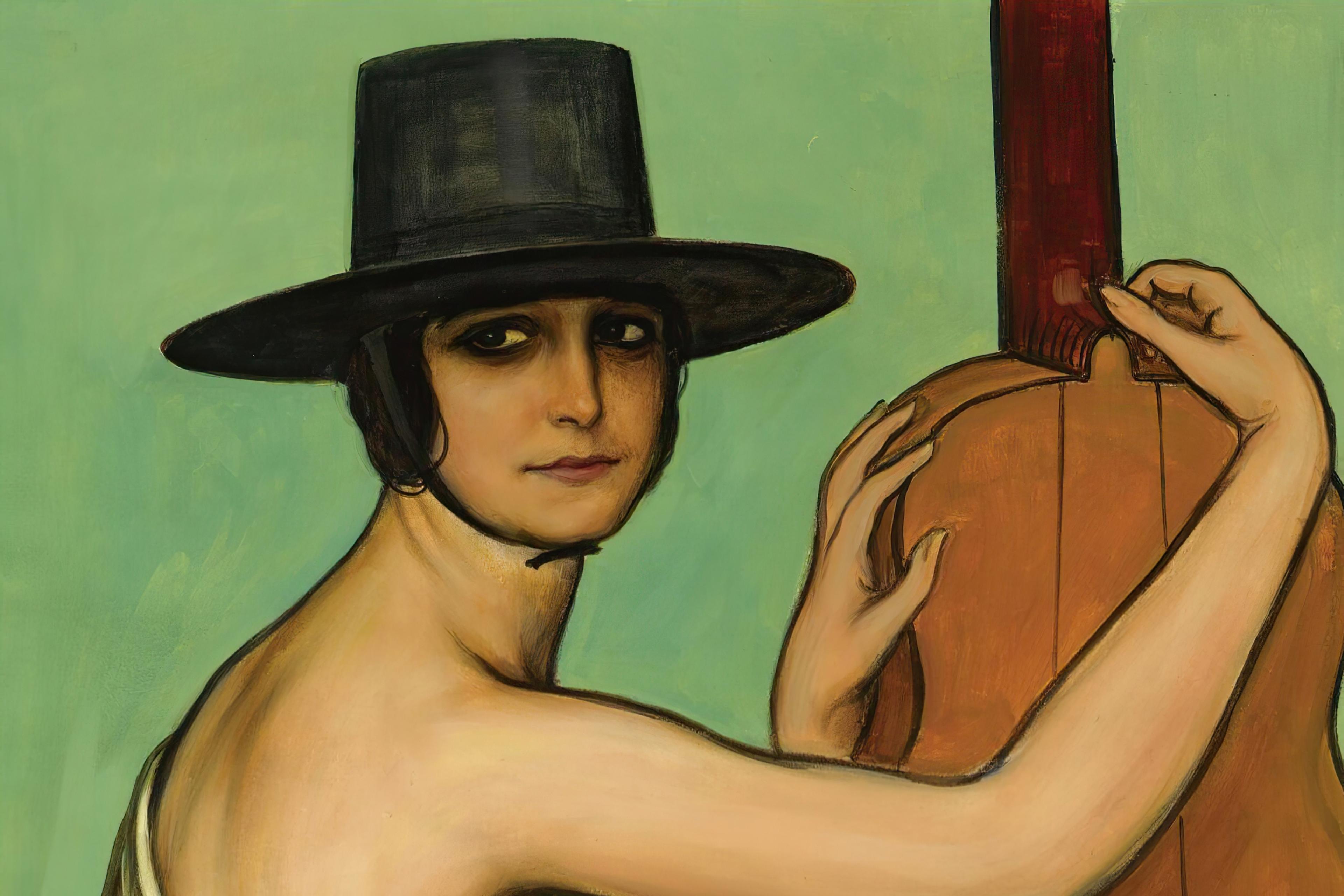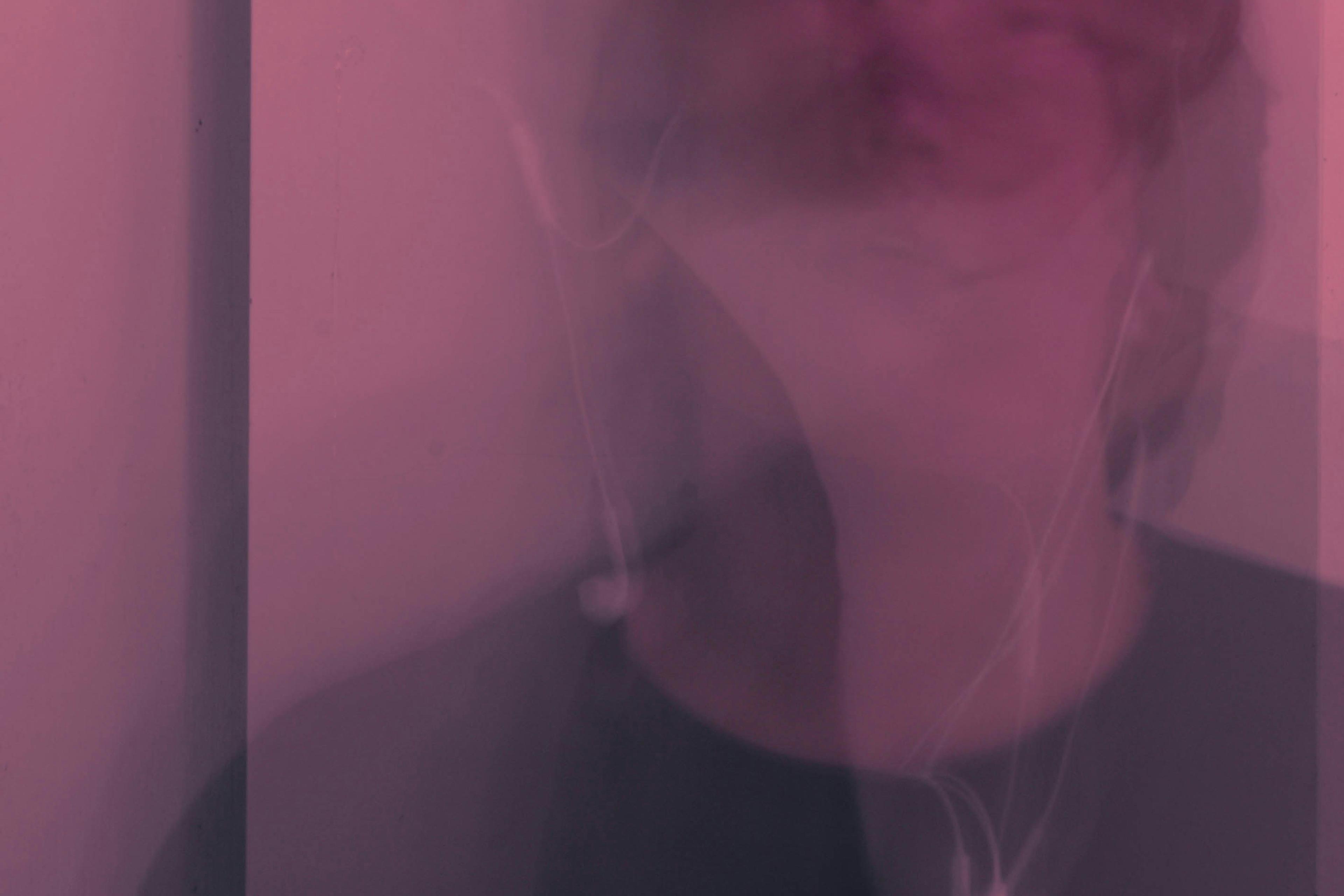I fell in love with classical music when I started violin lessons at the age of five. As I scraped away at little tunes, I discovered the joys of acoustic resonance. The instrument vibrating under my head, my bow of rosined horsehair creating friction against the string, drawing sound from it, the sonorous air swirling around me, then out into an audience, communicating to their hearts and minds.
As I developed a preference for acoustic sound and classical music, I also developed an aversion to loud, contemporary music on the radio. It caused me to feel mentally confused and physically tense. My body stiffened, my face winced, and I felt a need to escape. Sometimes that wasn’t possible, so I would expound emotional energy in trying to block it out. This left me exhausted, and I developed a lot of anger.
My rational child’s mind tried to make sense of my fearful grief, and I could come up with only one explanation: Rock music is evil, classical music is good. I observed that contemporary music was far more popular than classical stuff, so I developed a paranoid perspective: If anyone were to discover I love classical music, I will be persecuted. At far too young an age, this existential battle plagued me, and I understood myself to be a hateful person.
I started finding relief from my self-deprecating perspective just a year ago, when I learned about sensory overload; this is something that folks on the autism spectrum may experience when the senses are overstimulated. It seemed to apply to my situation, but I didn’t have the expertise to figure out if this was indeed my experience. I spoke with Abby Klemm, a board-certified music therapist based in Brooklyn, New York City to better understand the occurrence of sensory overload.
My anger is a mental symptom that emerges because the music is overstimulating
‘Sensory processing disorder is a condition in which the brain has difficulty sorting through and processing sensory stimulation,’ Klemm told me. ‘This condition may occur on its own, or in conjunction with other conditions.’ This includes folks with chronic pain, anxiety disorders and those who are neurodivergent, such as people on the autism spectrum or with ADHD.
‘Music can activate not only our auditory cortex,’ she said, ‘but our motor cortex, frontal lobe, cerebellum, amygdala, etc. For those whose brains function differently, and have difficulty compartmentalising sensory information, this can be extremely overwhelming … When there are many stimuli competing for attention, especially intense stimuli, our brain may have trouble interpreting it all and become overloaded. This leads to all sorts of distressing physical and mental symptoms.’
Klemm’s words reassure me that there is no existential battle between classical music and contemporary music on the radio, no good versus evil. Rather, my anger is a mental symptom that emerges because the music is overstimulating. I now find tremendous relief in identifying my experience as sensory overload, because it confirms that I am not fundamentally a bitter or angry person. I am simply overwhelmed.
Unfortunately, in my childhood, sensory overload adversely affected my classical music studies. At age 10, I became tall enough to play a full-sized violin, which was more resonant than the smaller student instruments I played when I was shorter. The larger instrument overwhelmed me with its loud and high-pitched metal strings, and the sound threw me into that same panic. Physically, my posture stiffened, and this prevented me from playing fast music and mastering more difficult techniques. I especially struggled with vibrato, the quick shaking of the left hand as fingers touch the strings. Vibrato bends the pitch of a note, and is intended to enhance resonance and make the music expressive. I hated it, and got criticised in my playing for not using it enough.
I could never practise for long before ending up in tears, so I fell behind my classmates. The sound also made me angry, and I now directed that anger at myself. I felt like a musical failure. I developed clinical depression, my grades slipped at school, and my mother put me in counselling. I was prepared to quit violin completely, but then discovered the viola and immediately became intrigued. Its sound rang gentler in my ear, the lower notes communicating sadness that the violin could not muster. At age 11, I gave up the violin for the viola.
The switch did not resolve my sensory overload, and I still cried after practising for a while. But I loved how I could dig into the instrument more, how I could treat it like a punch bag to diffuse some of my anger. I excelled on it, keeping up with the other top-notch student violists in the New York Metro area, and participated in numerous youth orchestras and summer festivals. No one knew that I barely practised due to teary depression, never felt prepared for rehearsals and performances, and ‘wung it’ all the time. It was a dreadful secret to sustain.
For college, I attended a prominent classical music conservatory. Immersed in this demanding environment, I developed the dream of becoming a top violist, someone who would win performing competitions, then securing a career where I would tour the world. Yet I still could not practise for more than an hour daily, and I lost heart as I saw classmates advancing more quickly than me. It also did not help that I sat in noisy orchestra rehearsals six days a week.
My baroque viola was lighter to hold, and made a softer sound, devoid of metal and less tightly bound
Halfway through my bachelor’s degree, my viola professor assigned me J S Bach’s Fifth Cello Suite in C minor, BWV 1011. He had me play in the baroque style by holding the bow higher up on the stick, creating a lighter sound. I also used no vibrato, and that sold me on it. Having discovered the baroque style, I fled the school’s deafening symphony orchestras and instead played in a small baroque orchestra the following year.
In this ensemble, I and the other musicians played on replicas of 18th-century instruments. These are predecessors of today’s orchestral instruments, which are simpler in construction. My baroque viola was lighter to hold, and made a softer sound with its gut strings (made of sheep intestines), devoid of metal and less tightly bound. I also wielded a skinny bow with a pointy tip, which merely nudged the string. During rehearsals and performances, I loved how our ensemble generated a quieter and less tense sound. The woodwinds sounded airier, the two natural horns sounded raw and less sophisticated, and the accompanying players on harpsichord and theorbo (a long-necked lute) decorated our strains nicely.
Our idea was to play music in the way that the composer would have heard it in their time. Consider: a Steinway grand piano did not exist in Bach’s world, during the early 18th century in present-day Germany. Rather, he played on the harpsichord and pipe organ. Thus, playing Bach on a keyboard contemporary to his time is preferable.
During rehearsals, I absorbed the basics of period performance, which differed from modern performance conventions. Period performers derive their style of musical expression and technique by studying documents contemporary to the music they play. This includes original manuscripts, pedagogical manuals, treatises and other primary sources. ‘Decay’ is most important, where the first beat of a measure is strongest, then the rest of the notes decrease in volume until the next measure, where the first beat is again emphasised. The absence of vibrato also allows sound to decay more easily. The idea of decay is perhaps based on the natural phenomenon of sound: sound is made, then it dissipates naturally, more slowly if you are in a resonant space. Decay contrasts the modern practice of ‘sustaining’, where a note or musical phrase is held with pressure throughout the entire measure leading into the next, with sustained volume. Vibrato is additionally used to encourage sustained and expressive musical phrasing.
The difference between period and modern performance practice is immediately noticed if you compare recordings of the same piece, performed by both types of ensembles. Period performances sound more relaxed, where the decay allows for music to constantly release and flow. Modern performances with sustained phrasing sound more pressured and emotionally laden. There is another difference as well: tuning. Period ensembles strive to play pure intervals, whereas modern ensembles tune to equal temperament.
To understand the difference, recall the discovery attributed to Pythagoras from the 6th century BCE. The story goes that he conducted experiments by using the monochord, an ancient one-stringed instrument. When pressing the bound string at the middle, the sound of the smaller string plucked sounded an octave higher than the longer string plucked. Thus, the octave creates the perfect ratio of 2:1. Pressing at other spacings yielded other intervals: the perfect fifth is 3:2, a perfect fourth is 4:3, a major third is 5:4, a minor third is 6:5, and so forth.
Period ensembles strive to play music with pure intervals, a practice called ‘just intonation’. When two simultaneously sounding notes create a low-numbered perfect ratio, the sound created is open and hollow, and interpreted as ‘in tune’. If the notes are not tuned at such a ratio, there is a throbbing beat frequency that sounds. The more impure the ratio, the faster the throbbing.
For several years, I refused to listen to anything other than period recordings
It is impossible to entirely tune an instrument to play with pure intervals. This is due to an acoustical anomaly called the ‘comma’. With keyboards especially, tuning some notes perfectly with one another will result in other keys being badly out of tune. For many centuries, musicians have derived various tuning systems, in order to lessen the effects of the comma. In the 18th century, equal temperament came widely into use, which is now the default tuning system of music, both in the classical world and in Western contemporary music. With equal temperament, all intervals are slightly distorted from perfect ratios, in order for all notes to sound equally in tune with one another.
Period musicians frequently complain that equal temperament causes music to be out of tune. Indeed, with a close listen to modern performances, I do hear more beat frequencies due to equal temperament tuning. I even considered that this might be the cause of my musical anger and, for several years, I refused to listen to anything other than period recordings. Thankfully, I broadened my playlist once I started learning about sensory overload.
Klemm emphasises that the perception of ‘in-tune playing’ is culturally derived. ‘Our brains create patterns and connections of what is “normal” and “correct” based on the environment and people around us,’ she told me. For example, quarter tones are an important component of music in the Arab world, and their sound is less familiar to Western audiences. ‘While individuals in Western cultures may think that the musician was playing out of tune, people from those specific cultures may hear it as aesthetically pleasing,’ Klemm said.
She also confirms that sensory overload can be managed: ‘Taking deep breaths can help the brain process sensory information. Other grounding techniques such as taking a walk or focusing on feeling the ground or seat below you can also be effective.’ More intensive treatment can be provided by working with a music therapist or occupational therapist, who can assist with sensory processing.
I found it particularly healing when I reconnected with my first viola teacher, back from when I was 11. We now meet for lessons over Zoom, and she openly listens as I tell her of painful emotions I have sustained over the years. Her unwavering support gives me new hope, and I even developed a system of journalling to help with my sensory overload. If I get a scary thought, I write it down in a journal, and then I can forget about it. Another thought, again I write it down. By integrating this system into my practising routine, I have become less fearful and angry.
Finally, I am free.
